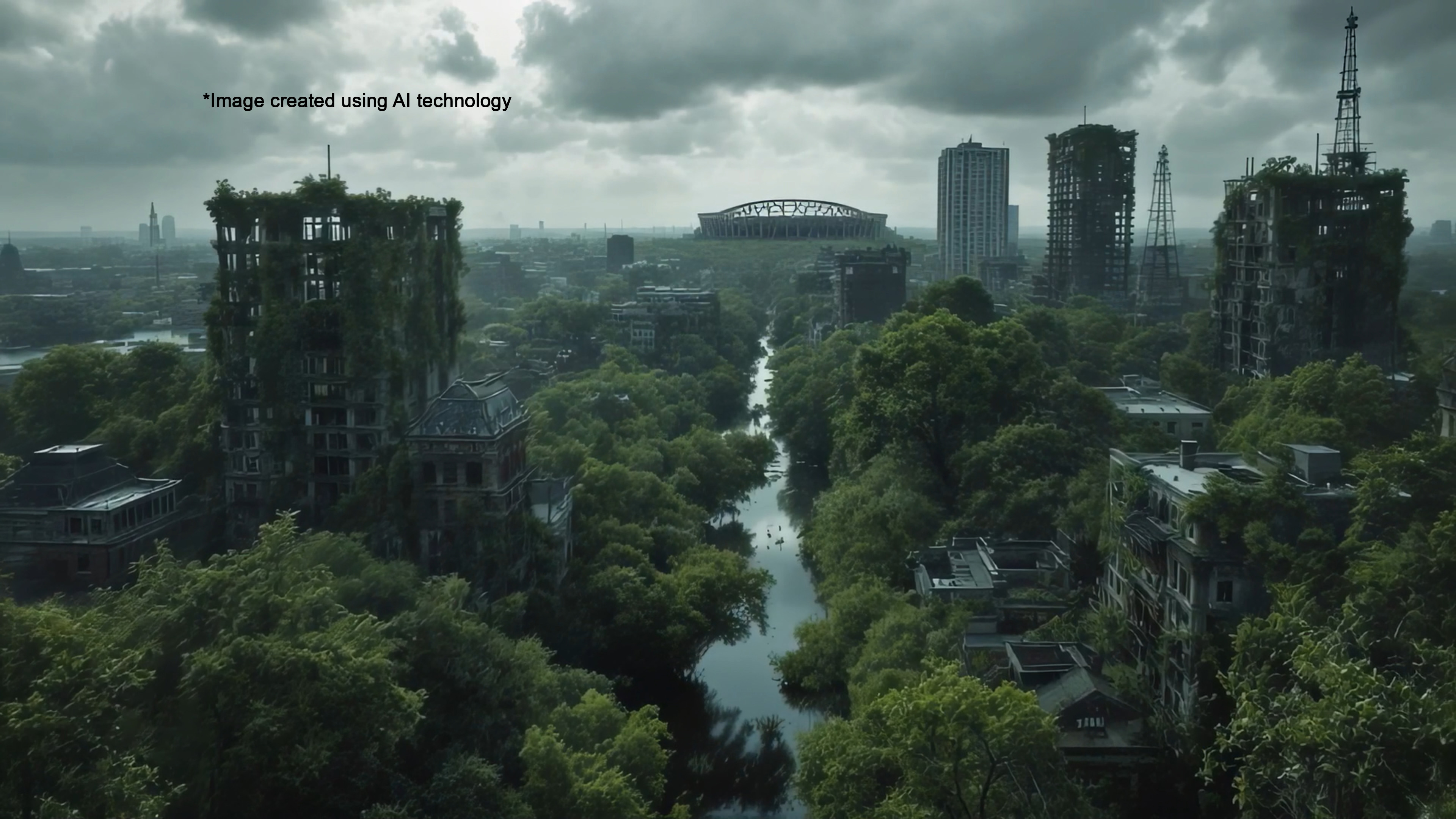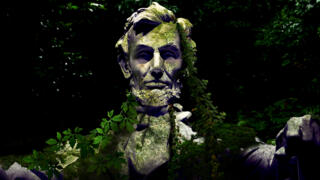Season two of Life After People™, the series that ponders what might happen to Earth if humanity vanished, aired its last episode in March 2010, but now a new season is here. The new show’s executive producer and showrunner, Yoshi Stone, says today’s technology has opened up a multitude of story-telling possibilities that give this show bold new dimension.
It’s been 15 years between seasons of Life After People™. How do new episodes compare with earlier seasons?
I think it'll look similar in many ways, but also wildly different. It moves at a much more modern pace, and technology has really allowed us to capture much more of the visualization of the thought experiment. We're not locked into traditional VFX [visual effects] that can be both very expensive and time consuming. Using AI makes us extremely nimble. We're able to react much more quickly and really expand our visual horizons.
What do you want viewers to know about the use of AI in making Life After People™?
I think it's important to remember that it's still a tool we're using to tell the story. It's not replacing storytellers. It allows us to tell stories in different ways, but it still takes people to do it. The use of AI has been incredibly energizing and freeing in a way. It really allows the creative team to move at the speed of our imagination. As we follow each thread of the thought experiment, we're constantly presented with new story opportunities. Rather than being fenced in by the limitations of traditional archival material and VFX, we can use AI to generate imagery that allows us to explore any corner of the story we want. Sometimes we have to make adjustments based on what the tools can actually achieve, but the basic ability to think way outside the usual box has been really exciting. It's exciting on the creative side, on the technical side, and it's still a really collaborative process. That's the fun part, working with all these different people to see how we can best combine traditional tools and new ones to create what we hope is the most compelling narrative possible.
And you’re able to do it at a lower cost?
Absolutely. It used to be that you had to back the creative into whatever parameters were set by your VFX schedule and budget, and that often presented challenges. Of course, in challenges sometimes you find opportunity. But here we are able to visualize almost anything that we can imagine, and to see what it would look like fairly quickly. If we have a story meeting one day in which we talk about introducing a new monument or structure that we want to see wear down over time, we talk to our AI team [of about 10 people], and within a day or two we're looking at an early version of what that would look like. That’s extremely freeing and much less expensive as well. Rather than being tied to a specific building in a specific city, we're able to jump around a bit more and see more areas of a city, more recognizable landmarks, rather than just having to lock into one or two areas.
How does that compare to if you were only using practical effects and visual effects?
[Those effects have] always been done by an outside vendor, which is sometimes more difficult to integrate into your workflow. But our AI team is in-house, so we're talking to them every day. They're getting updated scripts…so they're able to adapt and adjust almost in real time, which makes the process easier on both sides.

